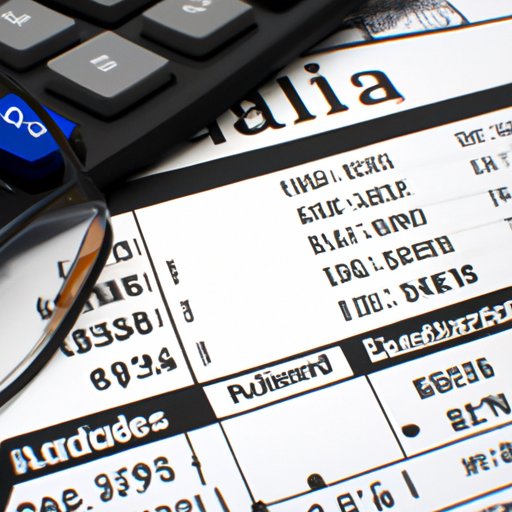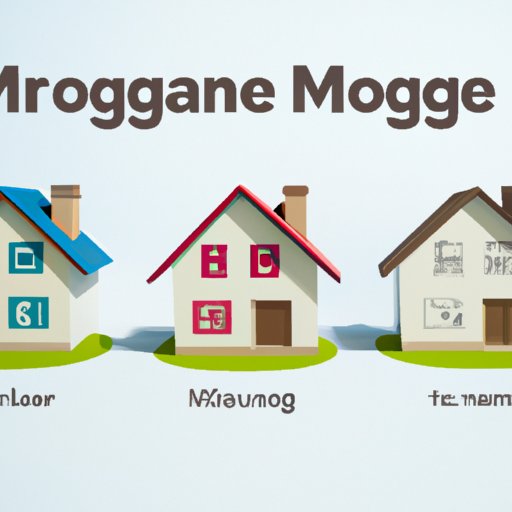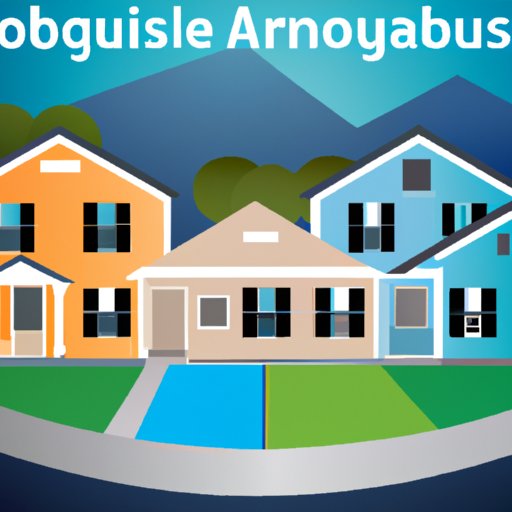
Analyzing Your Budget to Determine How Much House You Can Afford
Buying a house is an exciting step in life, but it can also feel overwhelming. After all, how do you know how much house you can afford? To help you make the right decision, it’s important to understand the factors that come into play when determining how much house you can buy.
The first step is to analyze your budget. That means estimating your monthly income and expenses, setting a realistic budget, and looking for additional sources of funds.
Estimating your monthly income and expenses
Start by listing all of your current sources of income, such as wages or a salary, investment income, and any other sources of cash flow. Then, add up all of your monthly expenses, such as rent or mortgage payments, utilities, transportation costs, food, and entertainment.
Setting a realistic budget
Once you have an idea of your total income and expenses, you can set a realistic budget. Determine how much money you want to allocate toward housing each month, and don’t forget to factor in other costs like home repairs and maintenance. According to the National Foundation for Credit Counseling, “Your total housing payment should not exceed 28% of your gross monthly income.”
Identifying additional sources of funds
You may also want to look for additional sources of funds. For example, you could use savings from a tax refund, bonus, or inheritance. It’s also possible to tap into retirement accounts if you’re willing to incur the associated penalties.

Exploring the Different Types of Mortgages and How Much House They Allow You to Buy
The next step is to explore the different types of mortgages and how much they will allow you to buy. Generally speaking, there are two main types of mortgages: fixed-rate and adjustable-rate. Each type has its own set of advantages and disadvantages, so it’s important to research both before making a decision.
Comparing fixed-rate and adjustable-rate mortgages
Fixed-rate mortgages offer predictable monthly payments over the life of the loan. That means you’ll never have to worry about interest rate increases. On the other hand, adjustable-rate mortgages (ARMs) offer lower initial rates, which can save you money in the short term. However, ARMs typically come with a cap on the amount of interest rate increase allowed each year, so you need to make sure you can handle the potential increases.
Calculating the maximum loan amount you can afford
Once you’ve chosen a type of mortgage, you’ll need to calculate the maximum loan amount you can afford. The lender will take into account your income, credit score, down payment, and other factors to determine the maximum loan amount they are willing to provide. With this information in hand, you can start searching for homes within your price range.
Calculating Your Debt-to-Income Ratio to Identify Your Maximum Home Price
The next step is to calculate your debt-to-income ratio. This is a key factor lenders use to evaluate your ability to repay a loan. Your debt-to-income ratio is calculated by adding up all of your monthly debt payments and dividing that number by your gross monthly income.
Adding up all of your monthly debt payments
To calculate your debt-to-income ratio, start by adding up all of your monthly debt payments, including student loans, auto loans, credit card payments, and any other recurring debts. Don’t forget to include the estimated cost of the new home loan.
Determining your front-end and back-end ratios
Once you have added up all of your monthly debt payments, divide that number by your gross monthly income. This will give you your debt-to-income ratio. Most lenders prefer a ratio of 36% or less, although some may accept higher ratios depending on your credit score. You can also calculate your front-end and back-end ratios to get a better picture of your financial situation.
Understanding lender guidelines
It’s important to understand the lender’s guidelines when calculating your debt-to-income ratio. Each lender has their own criteria for evaluating borrowers, so it’s important to compare different lenders to find one that fits your needs.
Examining the Impact of Homeowner’s Insurance and Property Taxes on Affordability
Now that you have an idea of how much house you can afford, it’s time to examine the impact of homeowner’s insurance and property taxes on your budget. These costs can add up quickly and can significantly reduce your purchasing power.
Researching home insurance rates in your area
Start by researching home insurance rates in your area. Homeowner’s insurance is required by most lenders, so it’s important to factor it into your budget. The amount you pay will depend on various factors, such as the age of your home, the location, and the size of your policy.
Considering potential property tax costs
Next, consider the potential property tax costs. Property taxes vary widely from state to state and county to county, so it’s important to research the average property tax rate in the area you’re considering. In some cases, you may qualify for a tax break based on your income level.
Adjusting your budget accordingly
Once you have an idea of the potential costs, adjust your budget accordingly. This will help you get a better understanding of how much house you can actually afford.
Tips for Stretching Your Budget to Get the Most House Possible
If you’re still having trouble finding a house that fits your budget, here are a few tips for stretching your budget to get the most house possible.
Shopping around for the best mortgage terms
Start by shopping around for the best mortgage terms. Compare interest rates, fees, and other factors to ensure you’re getting the best deal. Don’t be afraid to negotiate with lenders to get the best terms possible.
Considering lower-cost homes in nearby areas
You may also want to consider lower-cost homes in nearby areas. This can help you stretch your budget and get more house for your money.
Exploring down payment assistance programs
Finally, don’t forget to explore down payment assistance programs. Many states and local governments offer programs that can help you cover the cost of a down payment. Check with your state and local housing authorities to see what options are available.
Buying a house can be an intimidating process, but it doesn’t have to be. By following these steps, you can make an informed decision about how much house you can afford. Good luck!
(Note: Is this article not meeting your expectations? Do you have knowledge or insights to share? Unlock new opportunities and expand your reach by joining our authors team. Click Registration to join us and share your expertise with our readers.)
